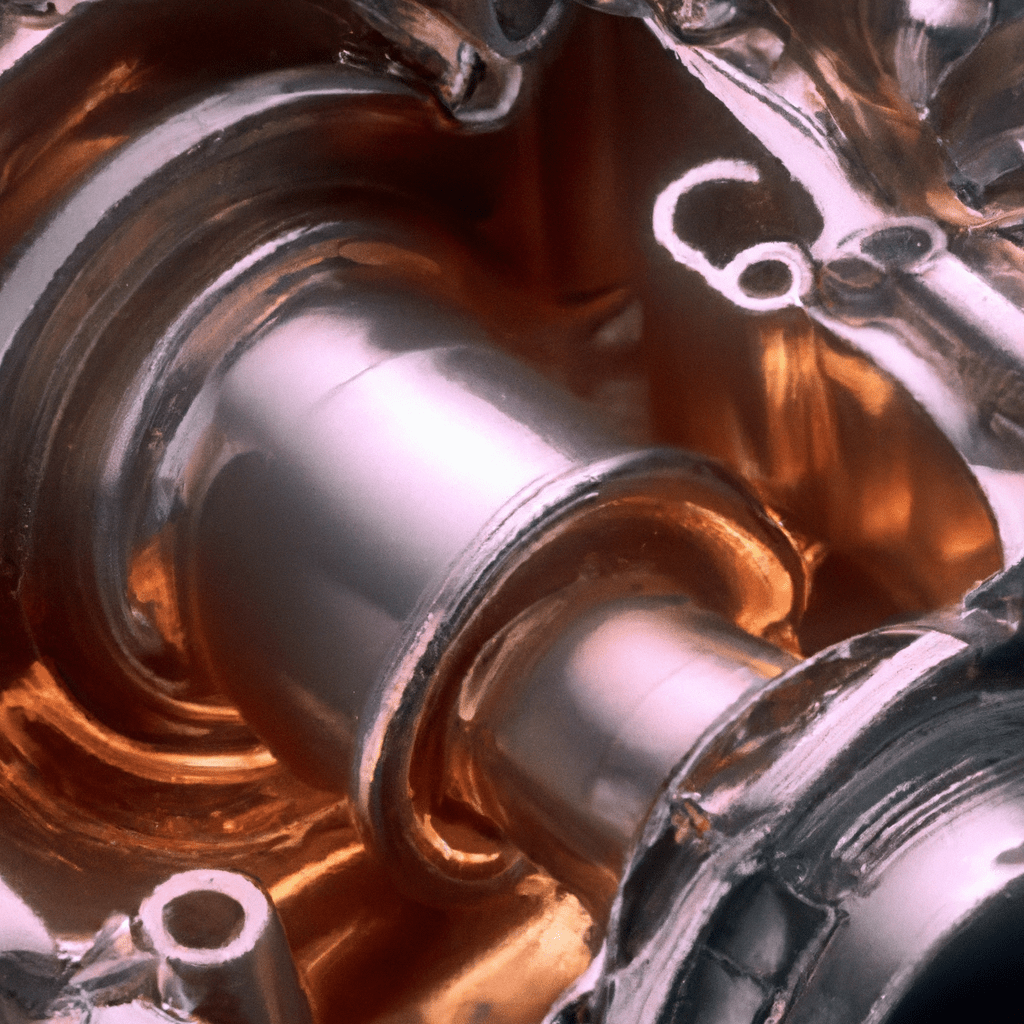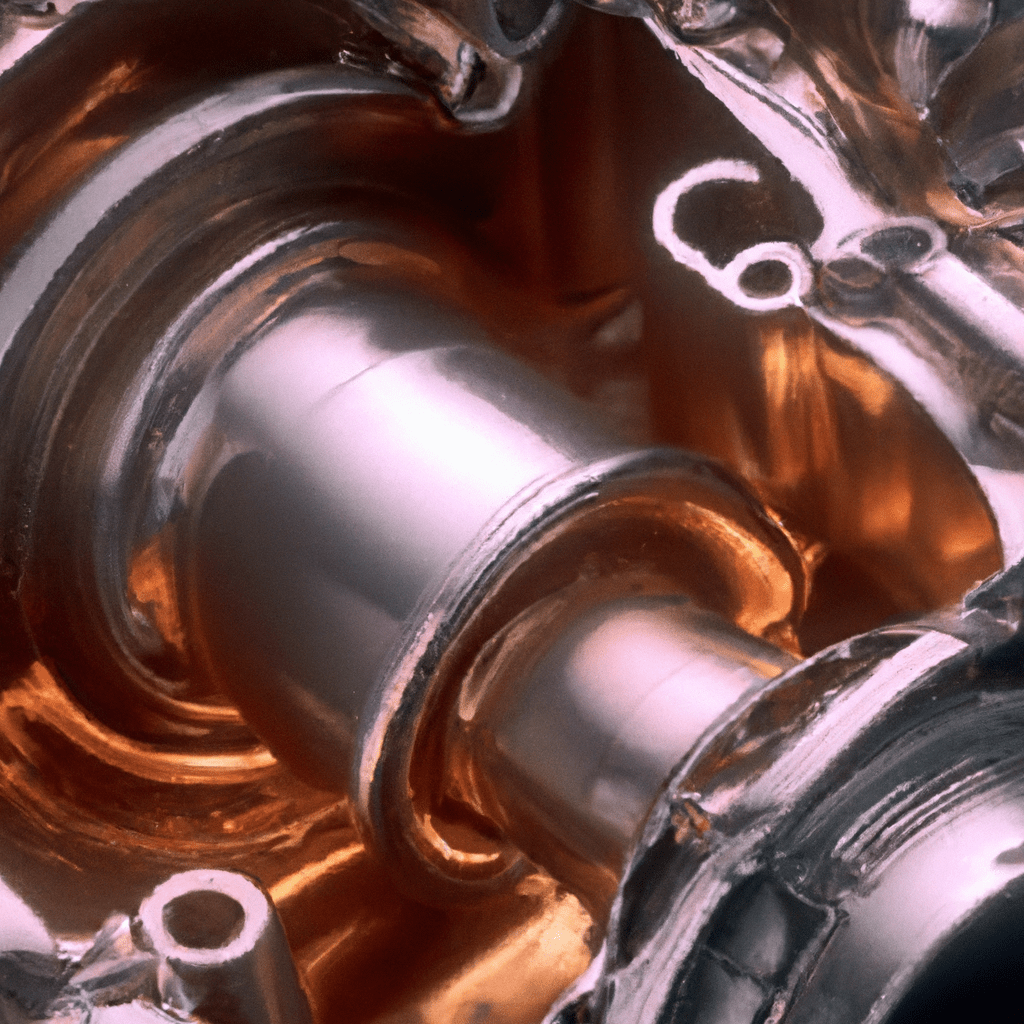Understanding The Lifespan of Turbos in 3.5 Ecoboost Engines
In this article, I’ll be shedding light on the lifespan of turbos in 3.5 Ecoboost engines, a subject often questioned by car enthusiasts and owners of this particular model. Many come across its mention in owner’s manuals and motor talk, but few have a comprehensive understanding of precisely what it entails, the implications on a vehicle’s performance, and, most importantly, its lifespan. As you navigate through this extensively researched content, you’ll gain insight into the intricacies of the lifespan of turbos, including factors that can influence its lifespan, how it impacts the vehicle’s functionality, and maintenance tips to maximize its longevity. Knowledge of such details is not only essential for potential buyers but also current owners looking to enhance the performance and durability of their 3.5 Ecoboost engines. Having this information to hand can potentially save considerable sums in repair and replacement costs. By the end of this read, you’ll be better positioned to make informed maintenance decisions and understand how long turbos last on 3.5 Ecoboost engines. In addition to understanding the lifespan of turbos in 3.5 Ecoboost engines, it’s also crucial to consider other maintenance tasks that can impact the overall performance of the vehicle. One such task is changing spark plugs regularly, as worn out spark plugs can lead to decreased fuel efficiency and engine misfires. By staying on top of regular maintenance and understanding the lifespan of key components like turbos, owners can ensure their 3.5 Ecoboost engines continue to run smoothly and efficiently for years to come.

Understanding the Lifespan of Turbos in 3.5 Ecoboost Engines
Defining what turbos are
Turbos, or turbochargers, are a type of forced induction system, which means they deliver air into the combustion chamber of an engine at a higher rate than it would normally ingest. This increased air allows the engine to burn more fuel per cycle, ultimately resulting in a significant boost in power and performance.
What is a 3.5 Ecoboost engine?
A 3.5 Ecoboost engine is a high-performance, turbocharged V6 engine designed by Ford. It is known for its superior fuel efficiency and power, which is achieved primarily through innovative technologies like direct fuel injection and twin turbos.
The role of turbos in 3.5 Ecoboost engines
In a 3.5 Ecoboost engine, the twin turbochargers play a significant role in enhancing the engine’s power and performance. They allow the engine to generate more horsepower and torque than a traditional naturally aspirated engine of similar size by forcing more air into the engine’s combustion chambers.
Factors Impacting the Lifespan of Turbos
Design and production quality
The design and production quality of a turbocharger greatly impact its lifespan. Premium-quality materials and careful, precise construction can enhance durability and longevity. However, a poorly made turbo could lead to premature failure.
Frequency and manner of use
The frequency and manner of use can also affect the lifespan of a turbo. Regular use can help keep the turbo in good condition by maintaining proper lubrication and minimizing carbon buildup. However, aggressive driving habits, such as consistently driving at high speeds, can cause undue stress and damage.
Maintenance practices
Regular maintenance is key to prolonging the lifespan of a turbo. This includes routine oil changes, proper cooling system maintenance, and regular inspections to detect potential issues early on.
Average Lifespan of Turbos in 3.5 Ecoboost Engines
Expected lifespan under ideal circumstances
Under ideal circumstances, including proper maintenance and disciplined driving habits, a turbo in a 3.5 Ecoboost engine can last up to 150,000 miles. However, this figure may vary depending on the exact model and usage conditions.
Lifespan under harsh driving conditions
Under harsh driving conditions, a turbo’s lifespan could be significantly reduced. Constantly pushing the engine to its limits, neglecting maintenance, and exposing the engine to extreme temperatures could reduce the lifespan to as low as 50,000 miles.
Understanding variance in turbo lifespan
It’s important to note that the lifespan of a turbo can vary greatly. Factors such as maintenance practices, driving habits, and even geographic location can create this variance.
Symptoms of a Failing Turbo in 3.5 Ecoboost Engines
Unusual noises
If your turbo is failing, you may notice unusual sounds when the turbo is engaged. These might include a siren-like noise, a loud whistling, or a grinding noise.
Loss in power
A noticeable loss in power could also signal that your turbo is in trouble. If your vehicle isn’t accelerating as quickly as it should, or it simply feels less powerful during normal driving, your turbo might be on its way out.
Increased exhaust smoke
Excessive exhaust smoke, particularly if it’s blue or gray, can be another sign of a failing turbo. This generally occurs because the turbo isn’t properly managing the airflow into the engine, leading to oil leakage into the exhaust system.

Routine Maintenance to Prolong the Life of Turbo
Periodic oil changes
Regular oil changes are crucial for the longevity of a turbo. Fresh, clean oil helps to lubricate and cool the turbo’s delicate moving parts and keep it running smoothly.
Cooling system maintenance
Providing adequate cooling is also vital for preserving a turbo’s lifespan. Regular maintenance should include checking the coolant levels and ensuring the radiator and cooling fans are operating correctly.
Regular inspection
Regular inspections can help detect potential issues early on before they become major problems. This should include checking for oil leaks, damage to the turbo’s components, and abnormal noises.
The Impact of Driving Habits on Turbo Lifespan
Effects of aggressive driving
Aggressive driving habits, such as sudden acceleration, heavy braking, and high-speed driving, put significant strain on the turbo. This can result in premature wear and tear and reduce its lifespan.
Impact of long distance driving
Long distance driving, particularly at consistent high speeds, can help keep the turbo optimally lubricated and minimize carbon deposits. However, excessive high-speed driving can overheat the turbo, which can cause damage over time.
Effects of short, frequent drives
Short, frequent drives can prevent the turbo from reaching its optimal operating temperature, potentially resulting in inefficient performance and increased wear over time.
Replacing the Turbo in 3.5 Ecoboost Engines
When to replace the turbo
A turbo should be replaced when it is past its service life or when it shows clear signs of imminent failure such as significant loss of power, excessive smoke from the exhaust, or unusual noises.
Selecting the right turbo for replacement
When selecting a replacement turbo, it’s important to choose one that is designed specifically for your engine model. The turbo should ideally be original equipment manufacturer (OEM) specification or equivalent to ensure the best performance and lifespan.
The process of replacing a turbo
Replacing a turbo can be a complex process, typically involving removing the old turbo, installing the new one, and then testing the engine to verify correct installation and performance. It’s generally recommended to have this process handled by a trained mechanic to ensure proper installation and optimal performance.
The Cost of Turbo Replacement
Cost of a new turbo
The cost of a new turbo for a 3.5 Ecoboost engine can range from $1,000 to $2,500, depending on the specific model and whether it is an OEM or aftermarket part.
Labor cost
The labor cost for replacing a turbo can vary widely, typically ranging from $500 to $1,000, depending on the complexity of the job and local labor rates.
Additional cost considerations
Additional costs may be incurred during a turbo replacement, such as for any required gaskets, seals, or fasteners, and for any additional repairs that may be needed to the exhaust, intake, or oil systems.
Alternatives to Turbo Replacement
Turbo rebuilding
Instead of replacing the entire turbo, it may be possible to rebuild it. This involves replacing the worn or damaged parts and can be a cost-effective solution if the damage is not too extensive.
Opting for a used turbo
Another alternative is to install a used turbo. While this can be cheaper, it comes with risks, as the used part might not last as long or perform as well as a new turbo.
Upgrade to a twin-turbo system
An upgrade to a twin-turbo system is another option. This can enhance the engine’s performance and efficiency, although it also involves a higher upfront cost.
Frequently Asked Questions about Turbo Lifespan
How can a driver extend the life of a turbocharger?
Drivers can extend the life of a turbocharger by maintaining regular oil changes, ensuring adequate cooling, avoiding aggressive driving, performing regular inspections, and addressing any issues promptly.
Are there warning signs of turbo failure?
Yes, there are. Unusual sounds when the turbo is engaged, a loss in power, and excessive exhaust smoke are all potential signs of a failing turbo.
How often do turbos need to be replaced?
The need for turbo replacement can vary greatly, but generally, the lifespan of a turbo in a 3.5 Ecoboost engine can be up to 150,000 miles under ideal circumstances. However, poor maintenance, harsh driving conditions, and substandard parts can significantly reduce this lifespan.


